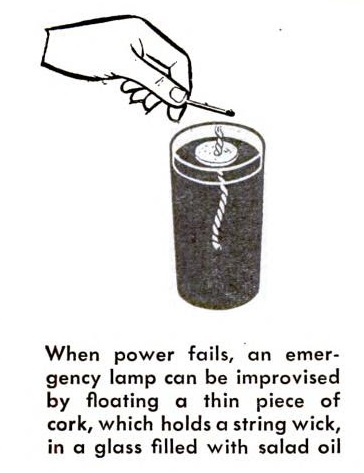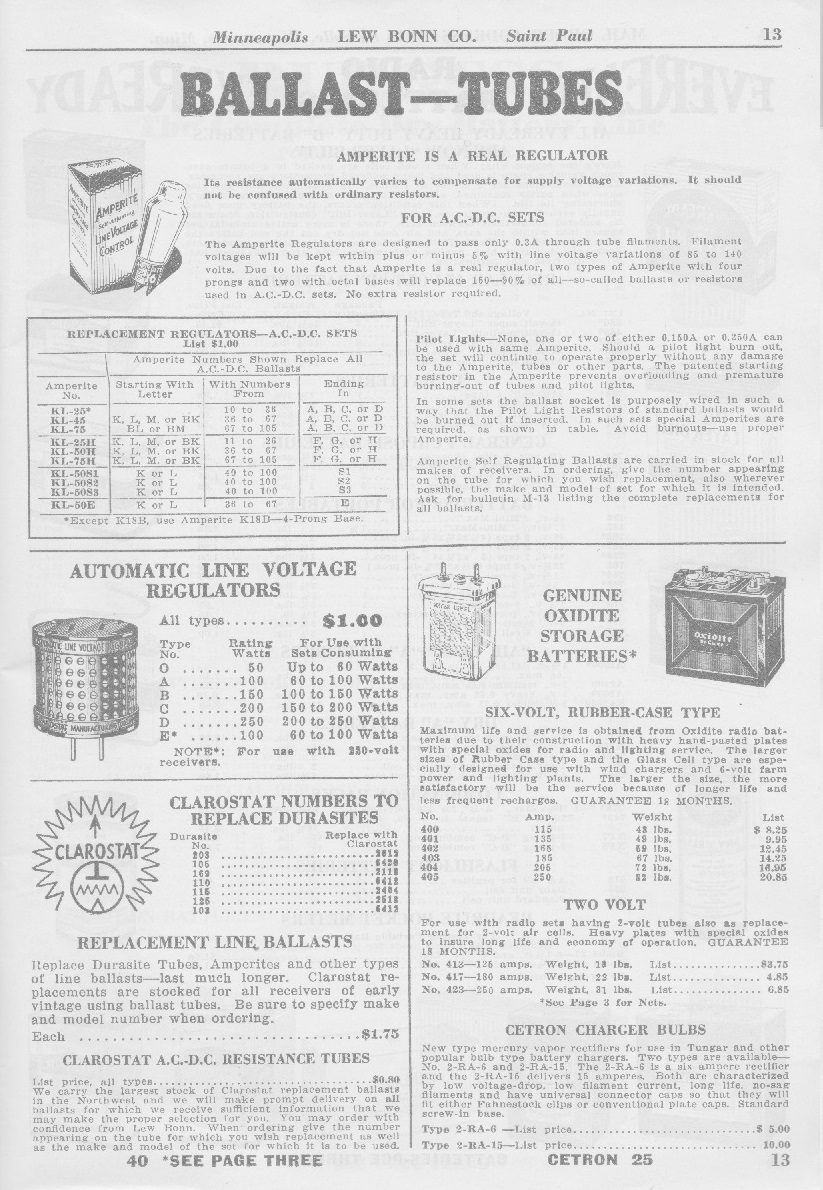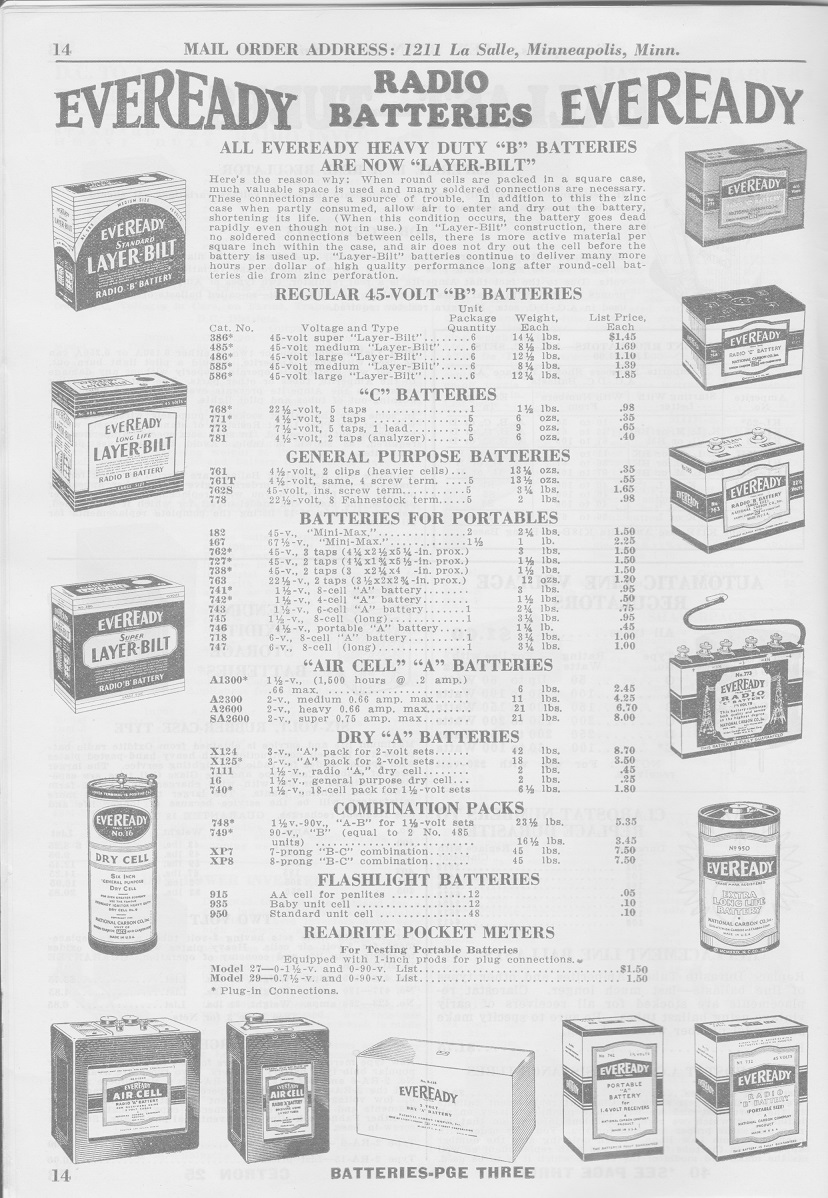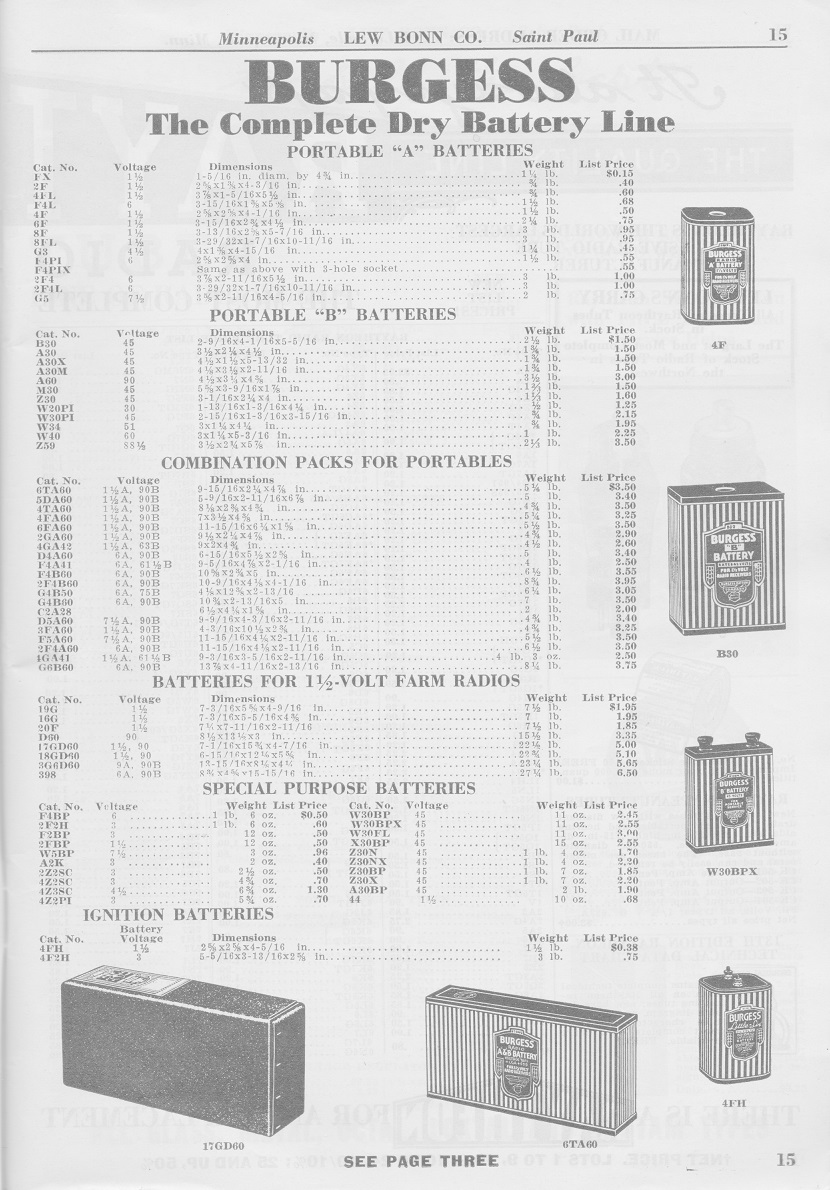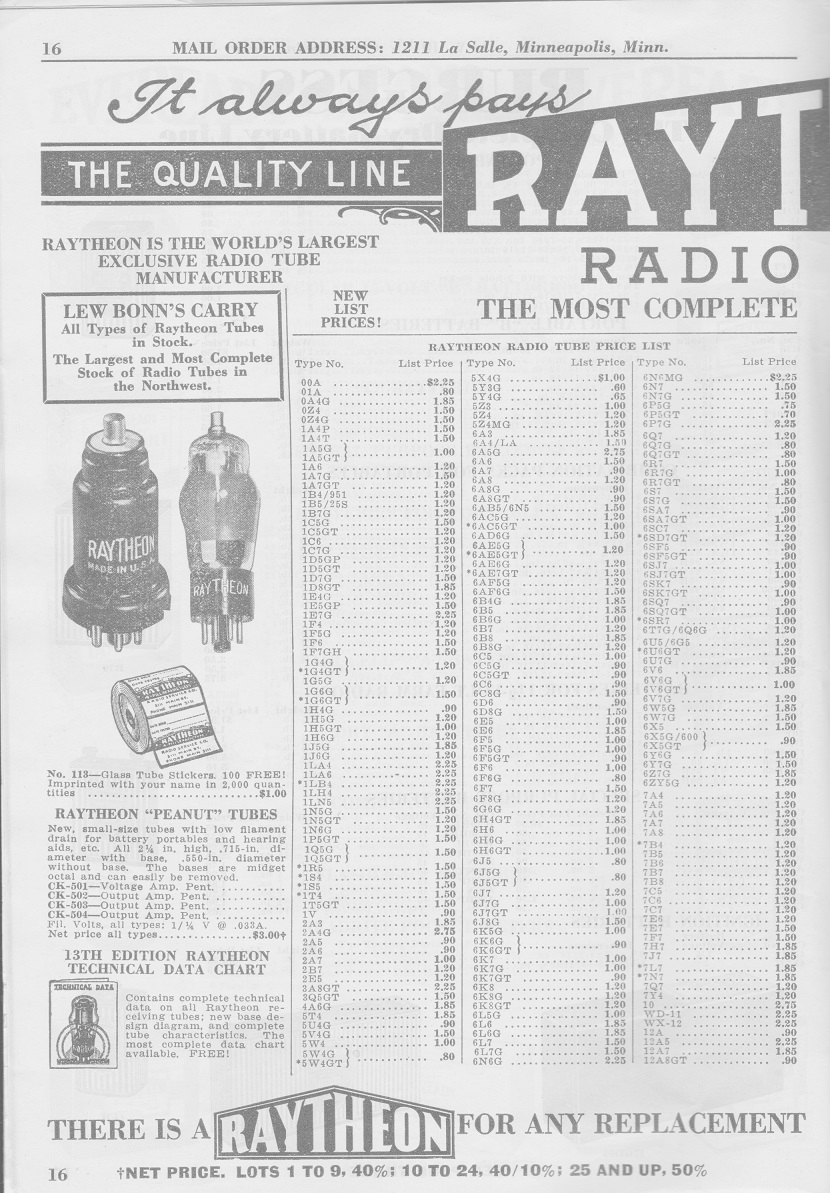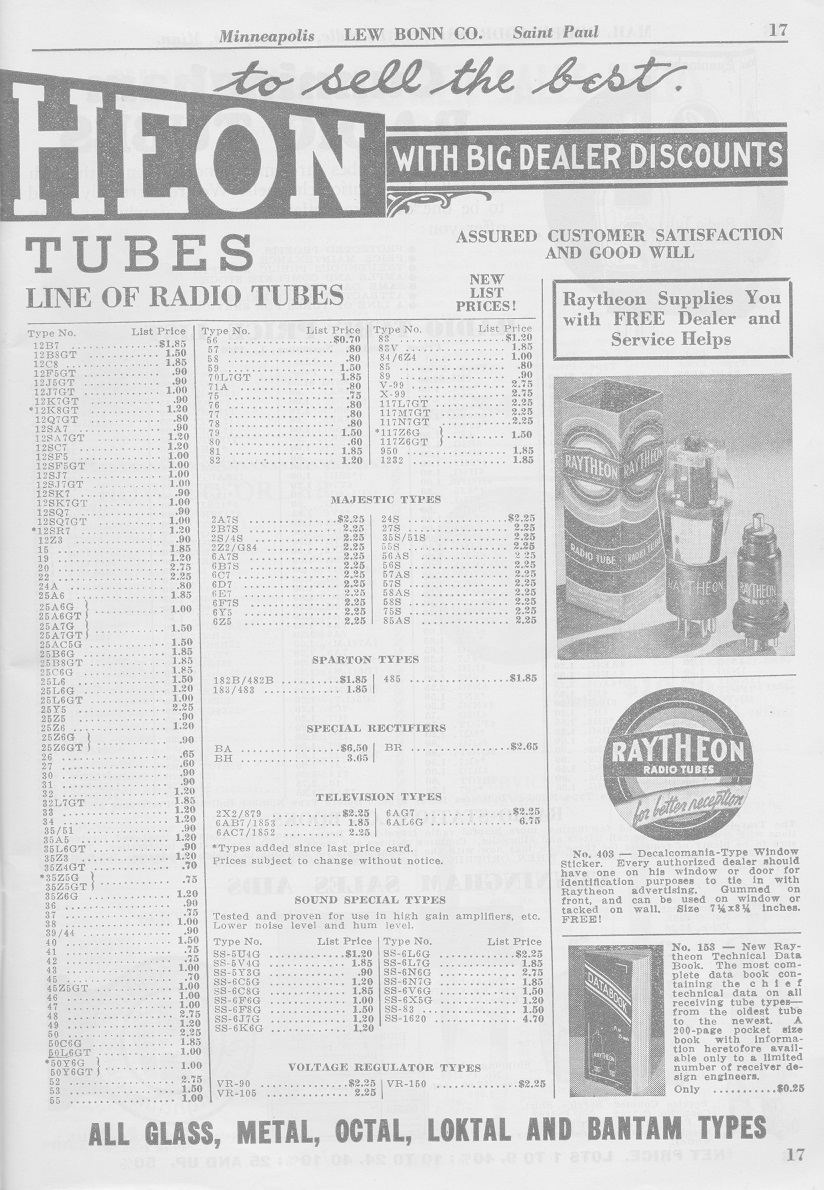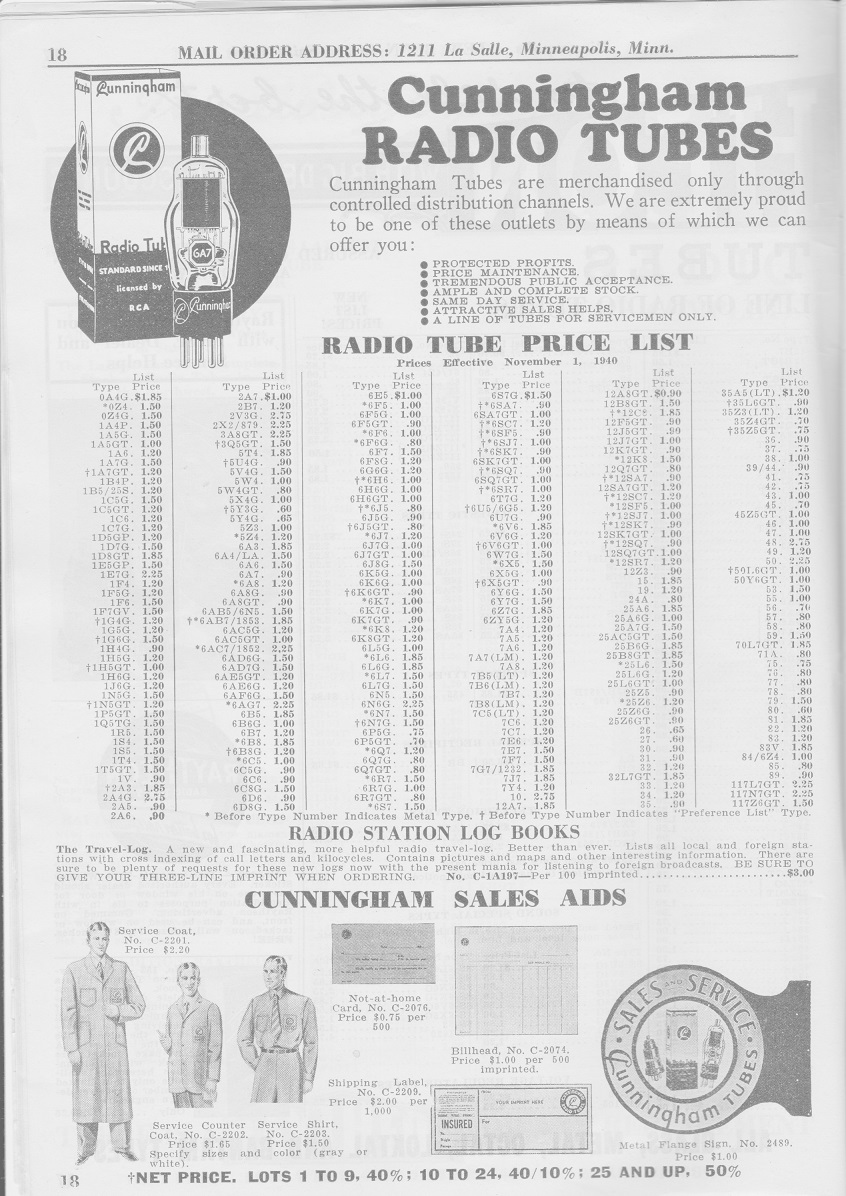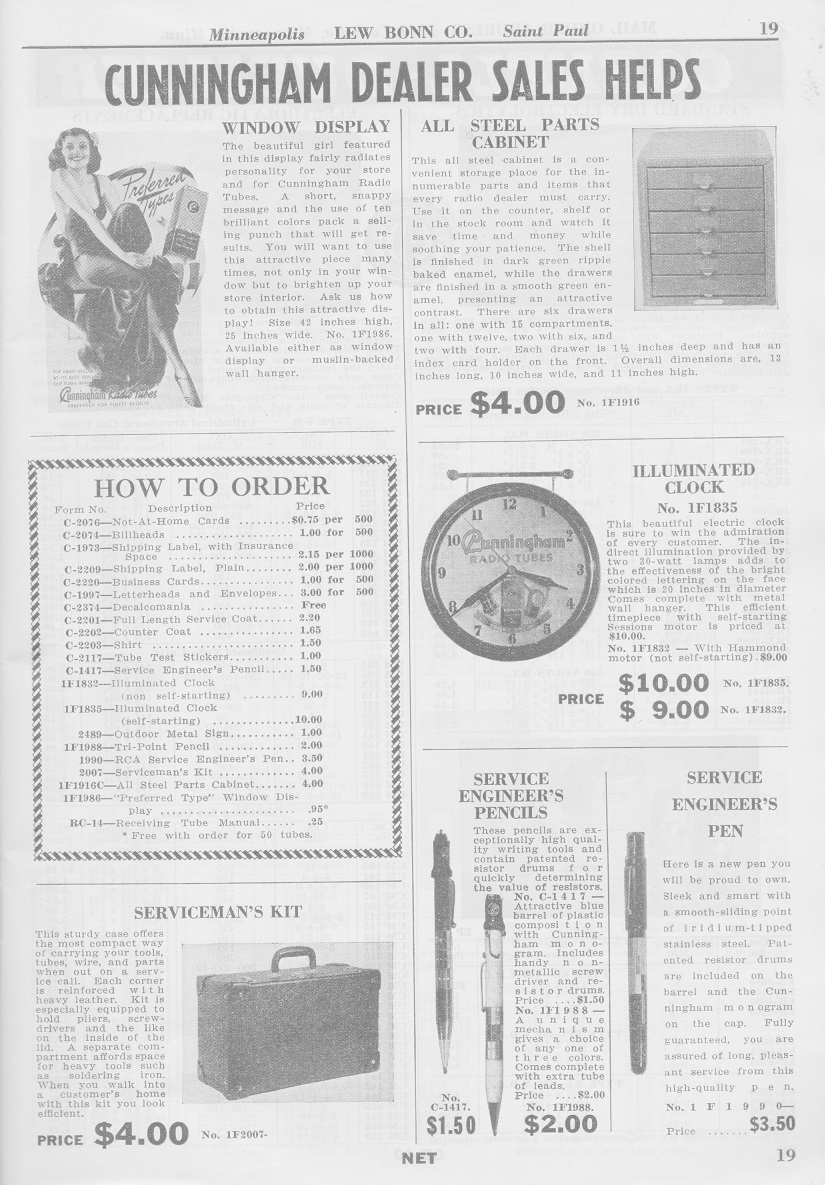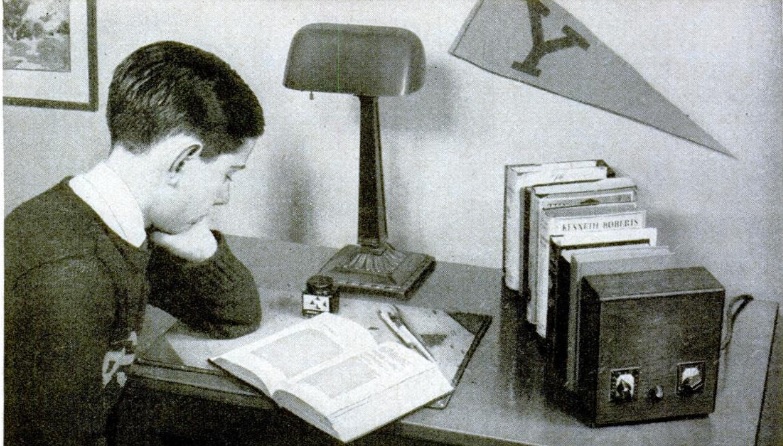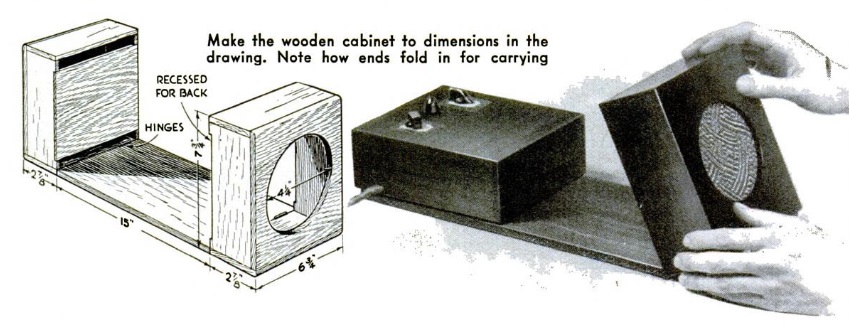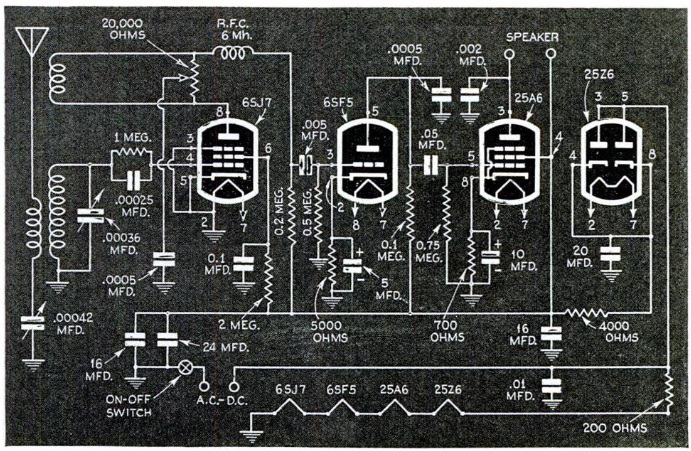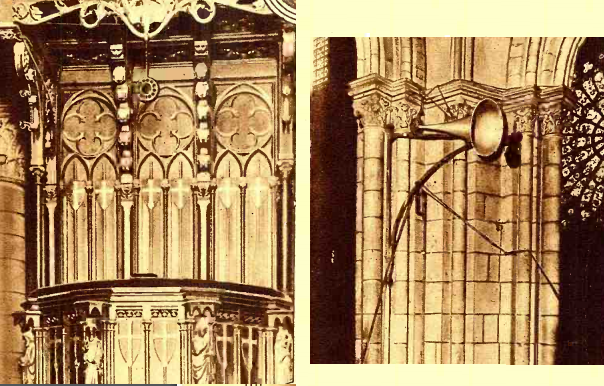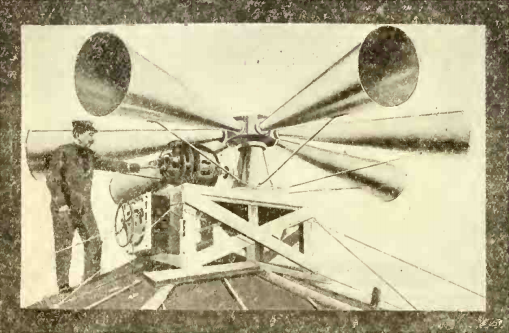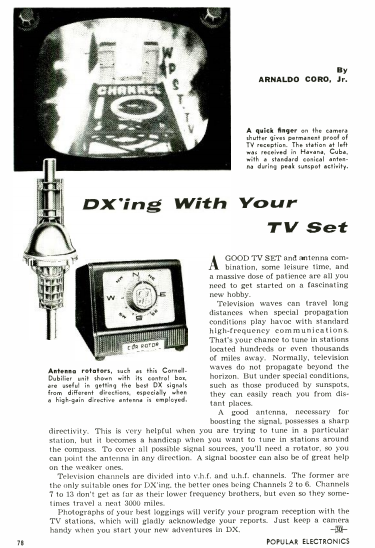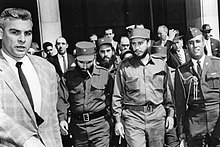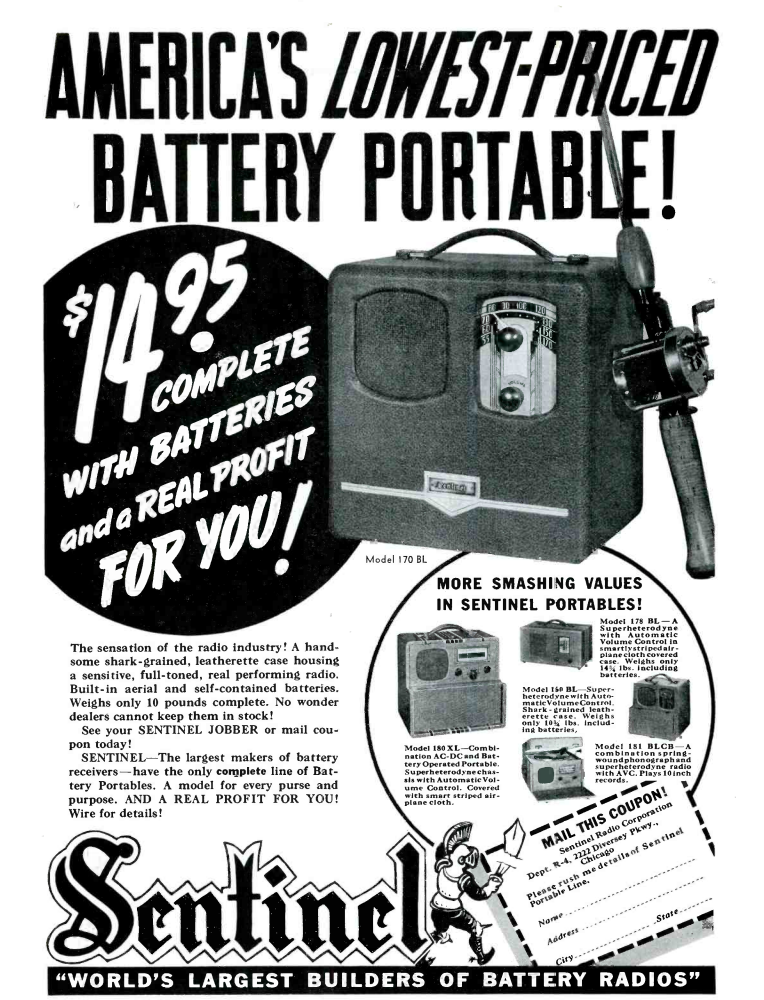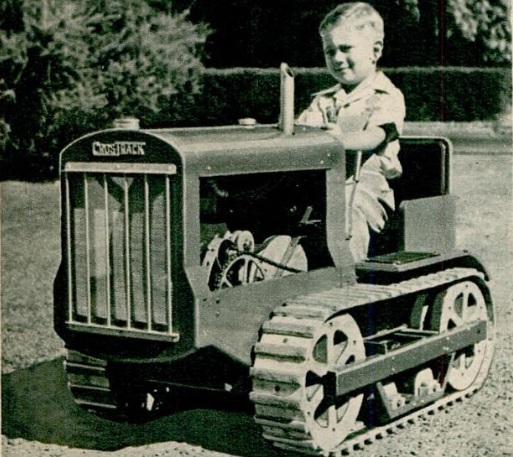 Shown here in the April 1934 issue of Short Wave Craft magazine is the well equipped station of Henry L. Carter, Jr., W8FTB, 45 Sheldon Terrace, Rochester, N.Y., at the time, the youngest licensed amateur in the United States. Carter was first licensed at the age of 10 on January 14, 1932. He got his first station set up with the assistance of his father, ex-8BOW, who had been licensed in 1923. The transmitter was a crystal controlled three tubes on 3530 and 3840 kHz. Carter reported that he could copy “20 per, and send ‘plenty fast.'”
Shown here in the April 1934 issue of Short Wave Craft magazine is the well equipped station of Henry L. Carter, Jr., W8FTB, 45 Sheldon Terrace, Rochester, N.Y., at the time, the youngest licensed amateur in the United States. Carter was first licensed at the age of 10 on January 14, 1932. He got his first station set up with the assistance of his father, ex-8BOW, who had been licensed in 1923. The transmitter was a crystal controlled three tubes on 3530 and 3840 kHz. Carter reported that he could copy “20 per, and send ‘plenty fast.'”
He had worked stations throughout the U.S., Canada, and Mexico, and held an Army Amateur Radio Station appointment. He was also the youngest member of the Scout Amateur Radio Net, and as you can see from the uniform, he kept himself busy with Scout work. His troop had organized a radio club consisting of sixteen members.
According to a Sept. 27, 1939, article in the Rochester Times Union contained in this scrapbook,
Carter, then residing at 297 Plymouth Ave. S., joined the Army Signal Corps at the age of 18.
I wasn’t able to find any reference to Carter after the War. If he had gone back to Rochester, his call would have become W2FTB, but I wasn’t able to find any reference to him holding that call. He would be about 97 today, so if Mr. Carter or a relative is out there, we would enjoy very much hearing from you to follow up.
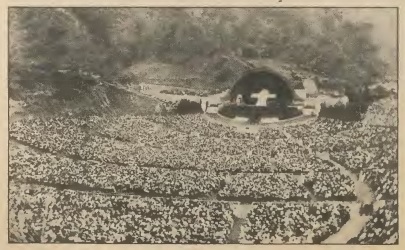 On Easter Sunday, 1939, a sunrise Easter service was held at the Hollywood Bowl and carried live over the Mutual Broadcasting System. The photo here (presumably of the 1938 service) appeared in the April 15, 1939, issue of Radio Guide. The magazine noted that Mutual would carry not only the service from the Hollywood Bowl, but also from Mt. Rubidoux in Riverside, Cal., and from the steps of the state capitol in Olympia, Wash.
On Easter Sunday, 1939, a sunrise Easter service was held at the Hollywood Bowl and carried live over the Mutual Broadcasting System. The photo here (presumably of the 1938 service) appeared in the April 15, 1939, issue of Radio Guide. The magazine noted that Mutual would carry not only the service from the Hollywood Bowl, but also from Mt. Rubidoux in Riverside, Cal., and from the steps of the state capitol in Olympia, Wash.
